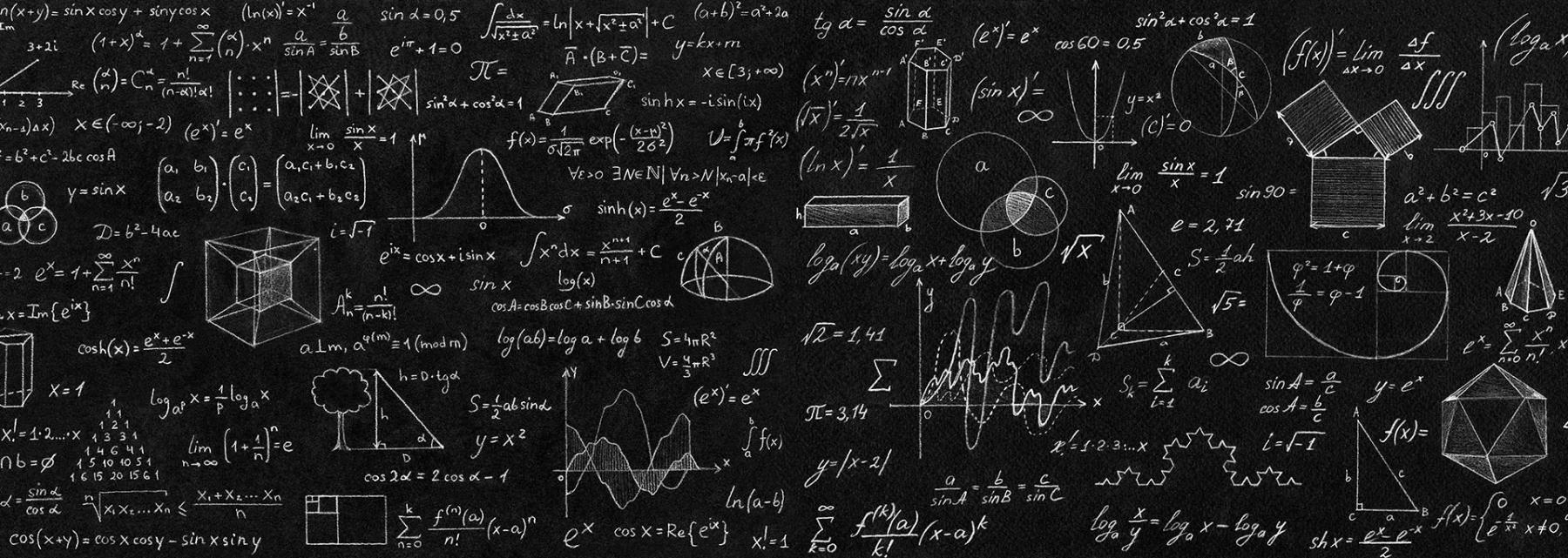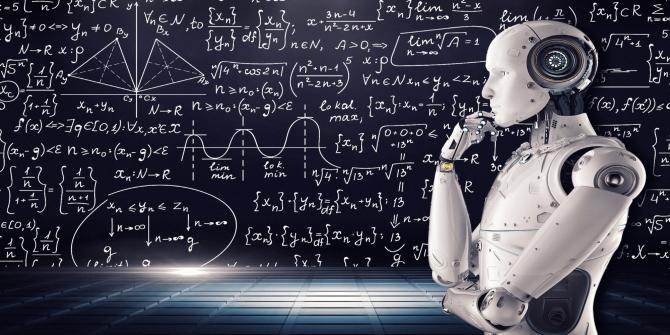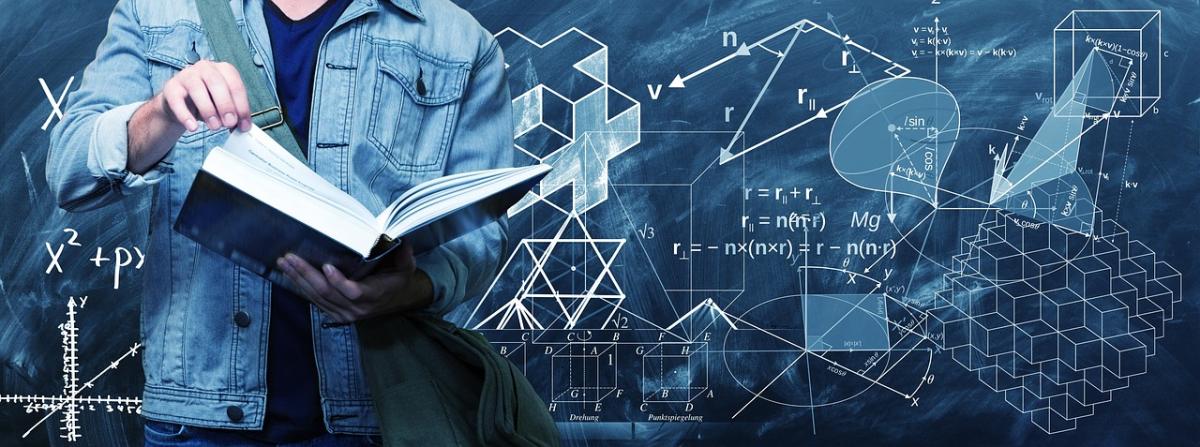
Balancing Act
This lesson aims to introduce the concept of equilibrium point by creating and revising a model.
This hands-on lesson encourages students to explore the concepts of equilibrium and balance while promoting consensus-building within their small groups. It encourages critical thinking, collaboration, problem-solving, and communication skills, which are essential in the scientific process.
I use this lesson early in the year and refer back to it when creating force diagrams. It is a great introductory lab to start modeling consensus building in the classroom.
Lesson Plan Link/URL
https://docs.google.com/presentation/d/1FehYSjS48Li5IK7ehxeIWiw-K6qZsK80/edit?u…Subject Area
Science Physical Science P3: Net Force Technology 3. Knowledge Constructor 6. Creative Communicator Mathematics Measurement and Data (MD) English Language Arts (ELA) Speaking & ListeningRelated Content

In this lesson, students use the Kepler’s Laws PhET Simulation to collect data on the period and average radius of the planetary orbits. They graph and analyze that data to derive Kepler’s 3rd Law.


This lesson is an activity to see what an angle is and how is can be used to approximate the time of day or even navigating vessels by measuring other celestial bodies. Students will use sextants to